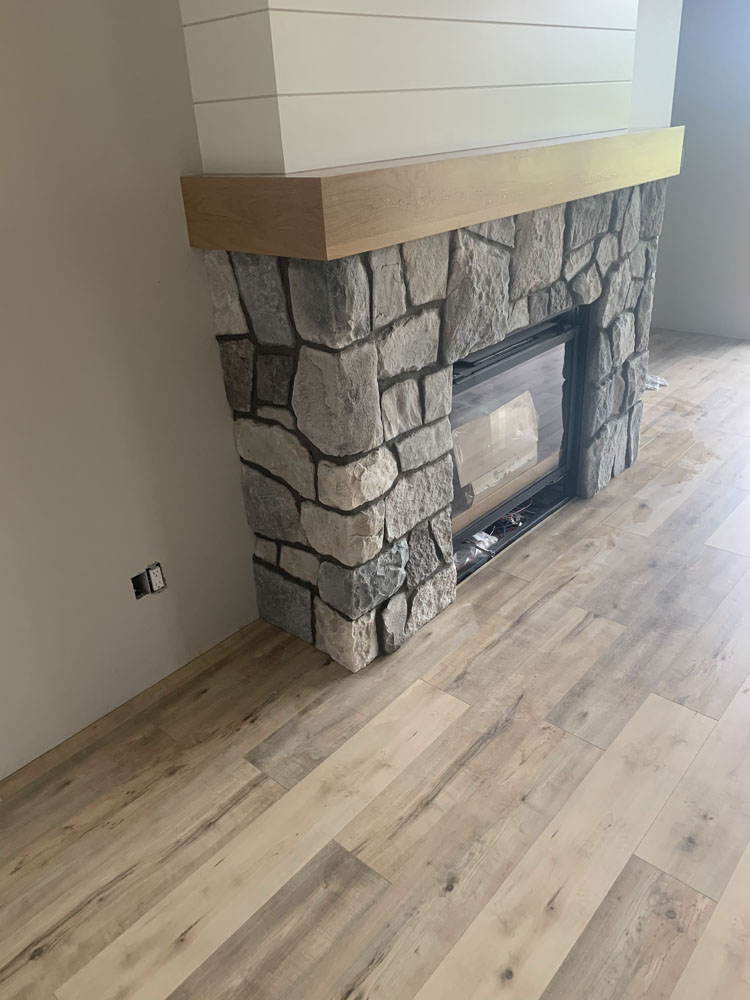Creating the perfect patio can transform your outdoor space into a haven of relaxation and entertainment. But how do you ensure that you choose the right size and shape for your patio? This comprehensive guide will delve into expert tips and recommendations, making it easier for you to make an informed decision.
Understanding Your Outdoor Space
Assessing Your Yard’s Layout
Before diving into the specifics of design, it’s crucial to take stock of your yard’s layout. Every yard is unique, with varying contours, existing structures, and landscaping features.
Map Out Key Elements
Identify trees, gardens, walkways, and existing structures that might influence your patio's position and size.
Consider Sunlight Exposure
Observe how sunlight travels across your yard throughout the day. A sunny spot might be perfect for a relaxing environment, while shaded areas could provide comfort during warmer months.
Evaluating Purpose
What do you envision doing on your patio? Understanding its purpose will significantly influence its size and shape.
- Entertaining Guests: If hosting gatherings is high on your list, consider larger spaces with room for seating arrangements. Quiet Retreat: For personal enjoyment or reading nooks, a smaller area may suffice.
Tips from Experts on Choosing the Right Size and Shape for Patios
Choosing the right size involves practical considerations—what fits best in your space without overwhelming it?
Determining Ideal Dimensions
Most experts suggest keeping proportionality in mind. A good rule of thumb is to allocate at least 12 square feet per person when designing an entertaining space.

Recommended Sizes based on Activities
| Activity | Recommended Size | |-----------------------|--------------------------------------| | Small Family Gathering| 12x12 feet (144 sq ft) | | Large BBQ Parties | 20x30 feet (600 sq ft) | | Cozy Reading Nook | 8x8 feet (64 sq ft) |
Choosing Shapes: Square vs. Rectangular vs. Circular
The shape of your patio can greatly affect not just aesthetics but functionality too.
- Square Patios: Often lend themselves well to symmetry and can accommodate furniture sets easily. Rectangular Patios: Ideal for long dining tables or outdoor kitchens. Circular Patios: Bring a unique flair but may limit furniture placement options.
Incorporating Concrete in Your Design
Why Concrete?
Concrete is a popular choice for patios due to its durability and versatility. Here are some benefits:
Durability: Concrete withstands harsh weather conditions better than many other materials. Aesthetic Flexibility: With various finishes available (stamped, stained), concrete can mimic other materials like stone or tile.Concrete Shapes and Sizes
When working with concrete, consider these tips:
- For round patios, concrete allows for smooth edges that can be aesthetically pleasing. Square or rectangular shapes are easier to pour and finish uniformly.
Landscaping Around Your Patio
Integrating Natural Elements
Landscaping can enhance the beauty of your patio by incorporating flowers, shrubs, or trees that complement your design.
Frame Your Patio with Plants
Use taller plants to provide privacy or shorter ones to maintain an open feel.
Create Pathways
Consider using stones or mulch as pathways leading up to your patio area, enhancing accessibility while keeping things tidy.
Water Features for Ambiance
Adding water commercial concrete Happy Valley features such as fountains or ponds close to your patio can create a serene atmosphere that enhances relaxation.
Furniture Placement Strategies
Creating Functional Zones
Patio furniture arrangement plays a huge role in how spacious or cramped the area feels.
Group furniture types together based on intended use—dining areas should be distinct from lounging zones. Ensure there’s ample walking space between furniture pieces; ideally 3 feet between tables and chairs allows comfortable movement.Choosing Durable Materials
Outdoor furniture must withstand weather elements as well as daily wear-and-tear:
- Look for materials like aluminum frames with weather-resistant fabrics. Consider cushions made from synthetic fibers that resist mold and fading.
Seasonal Adjustments: Why Size Matters Year-Round?
Summer vs Winter Usage Patterns
Your patio should be versatile enough to cater to seasonal changes:
In summer, larger spaces allow ventilation; consider awnings or umbrellas for shade. In winter months, smaller spaces can feel cozier when wrapped in warm lighting and festive decor.FAQ Section
What should I consider when deciding on my patio size?
Focus on how you plan to use the space—entertaining large groups requires more room than creating a quiet oasis.
Is there an optimal shape for small yards?
For small yards, circular or square shapes often work better as they fit snugly without overwhelming the landscape.
How do I incorporate concrete effectively into my design?
Using stamped concrete allows you flexibility in achieving desired aesthetics while maintaining durability.
Can I mix different shapes in my patio design?
Absolutely! Mixing shapes like rectangular dining areas adjacent to circular lounge spaces can create visual interest.
How important is landscaping around my patio?
Landscaping enhances curb appeal while providing natural transitions between indoor and outdoor living spaces.
What materials are best suited for outdoor furniture?
Look for weather-resistant materials such as resin wicker or aluminum frames paired with UV-resistant fabric cushions.
Conclusion
Deciding on the right size and shape of your patio involves careful consideration of various factors including purpose, layout, seasonal usage patterns, material choices like concrete, landscaping opportunities, and more. By following Concrete Contractor In Jennings Lodge these tips from experts on choosing the right size and shape for patios outlined above, you're well-equipped to create an inviting outdoor oasis tailored just for you!
With thorough planning rooted in understanding both aesthetic desires and practical needs—you’ll undoubtedly craft a patio that serves as a centerpiece of joy in your home!